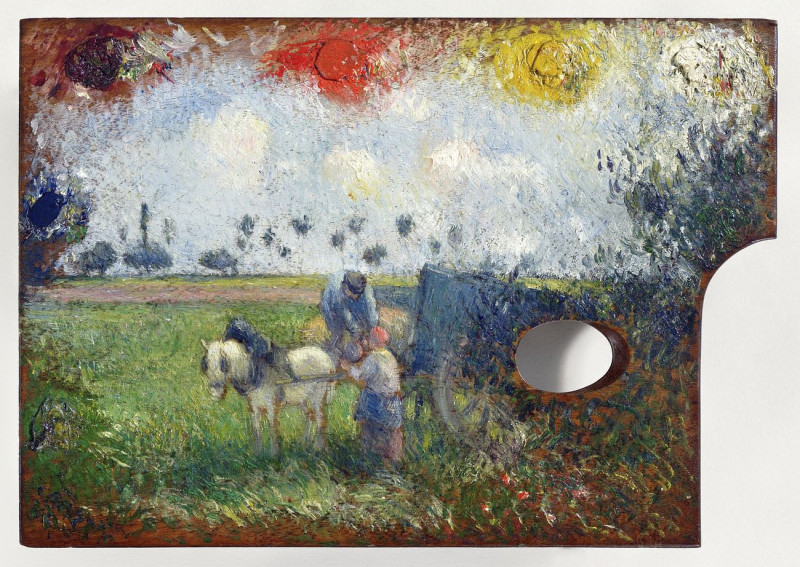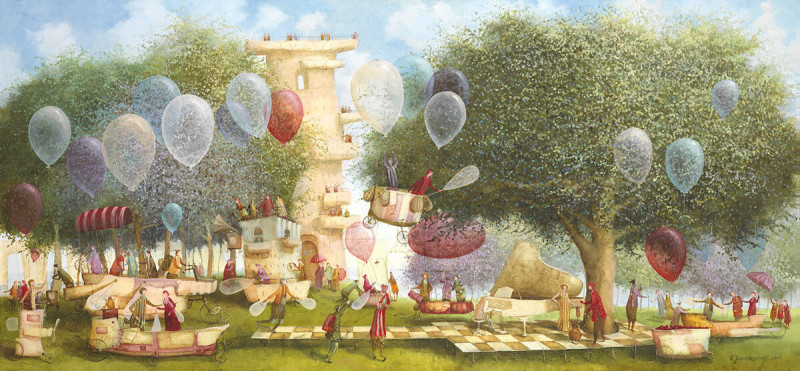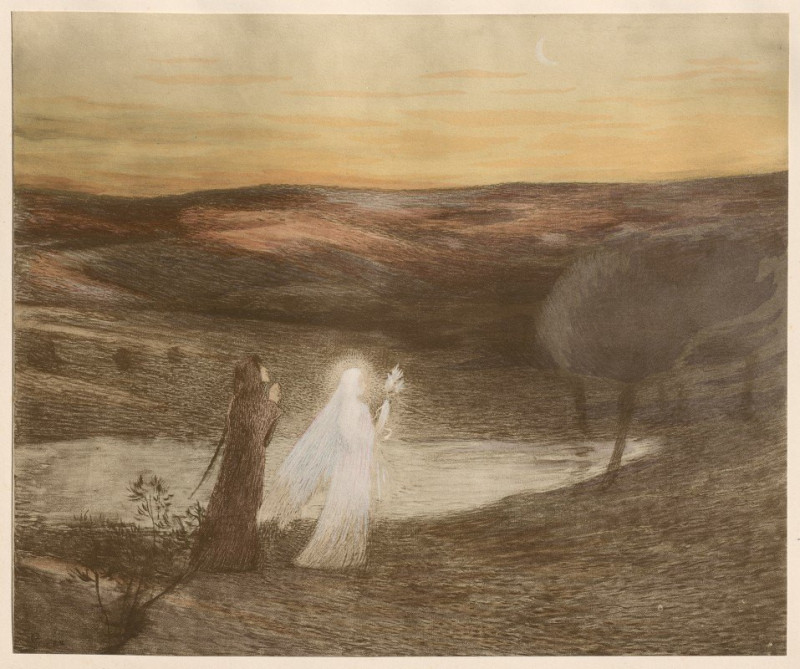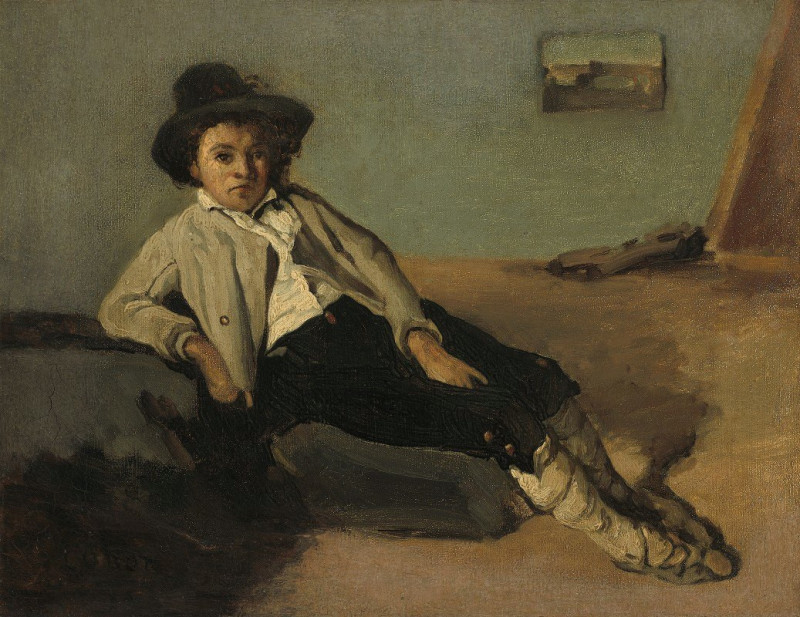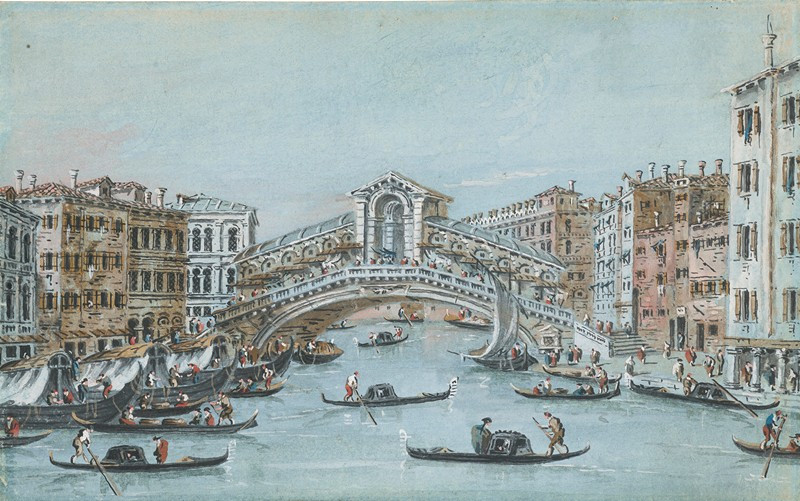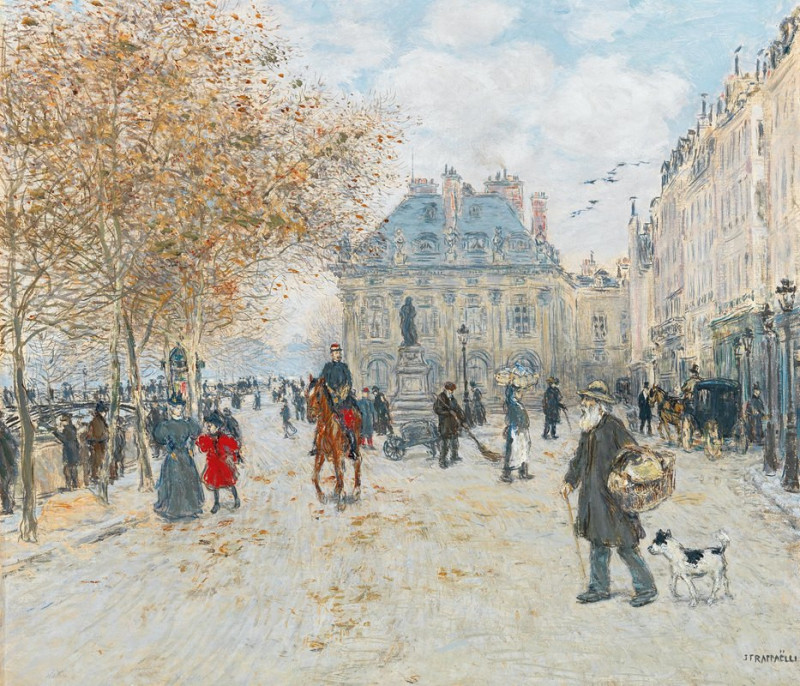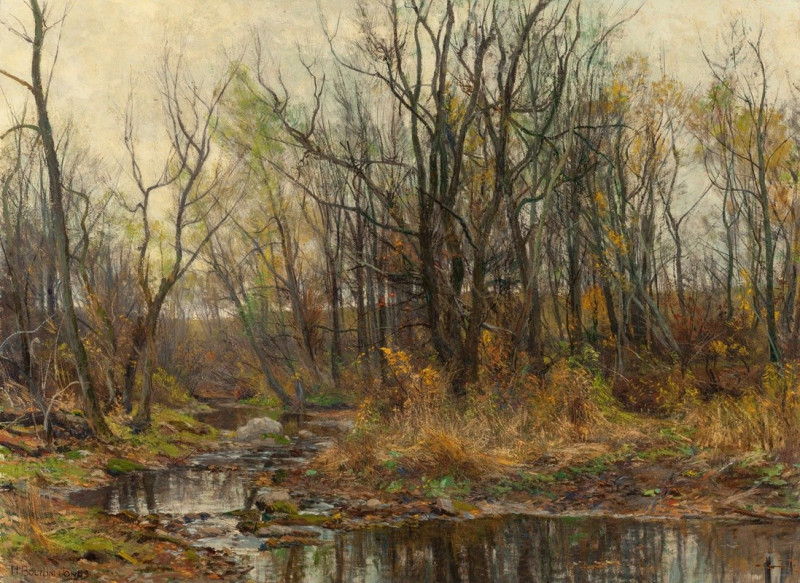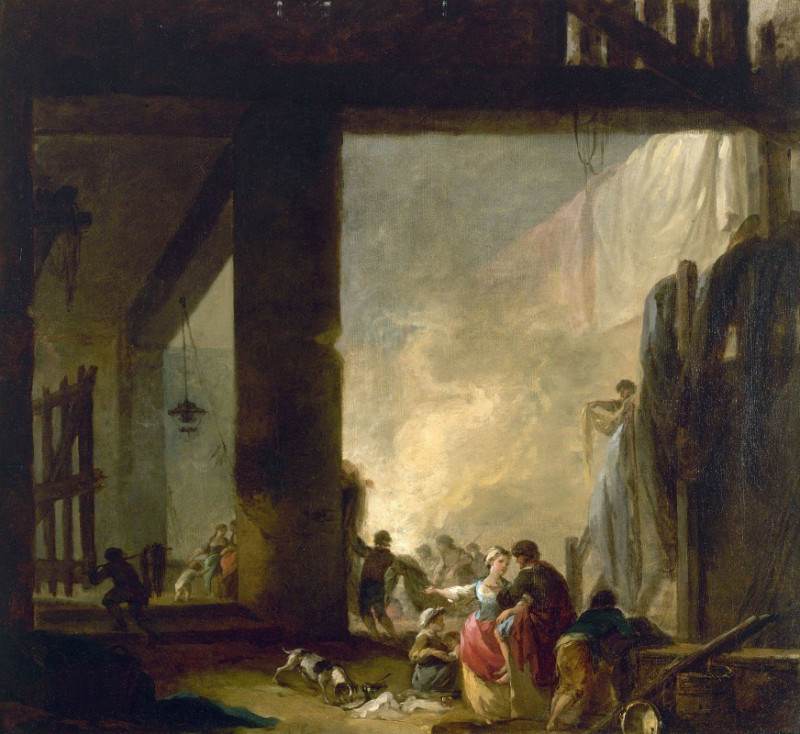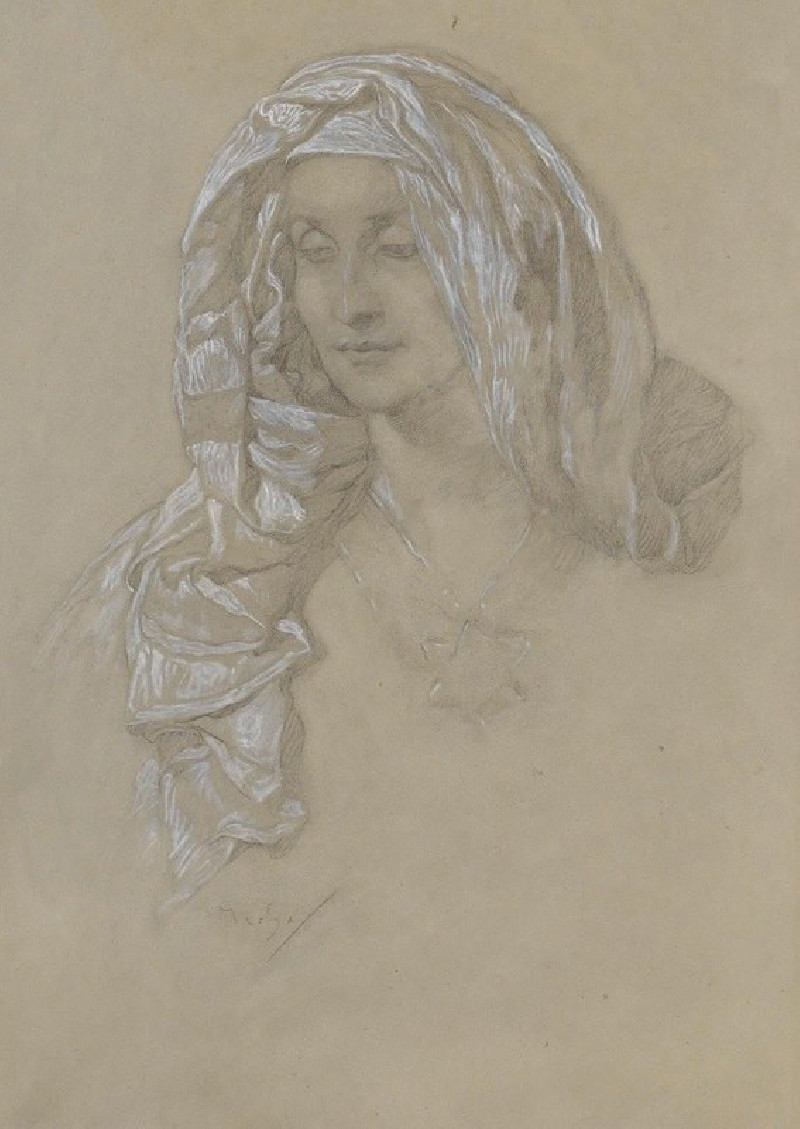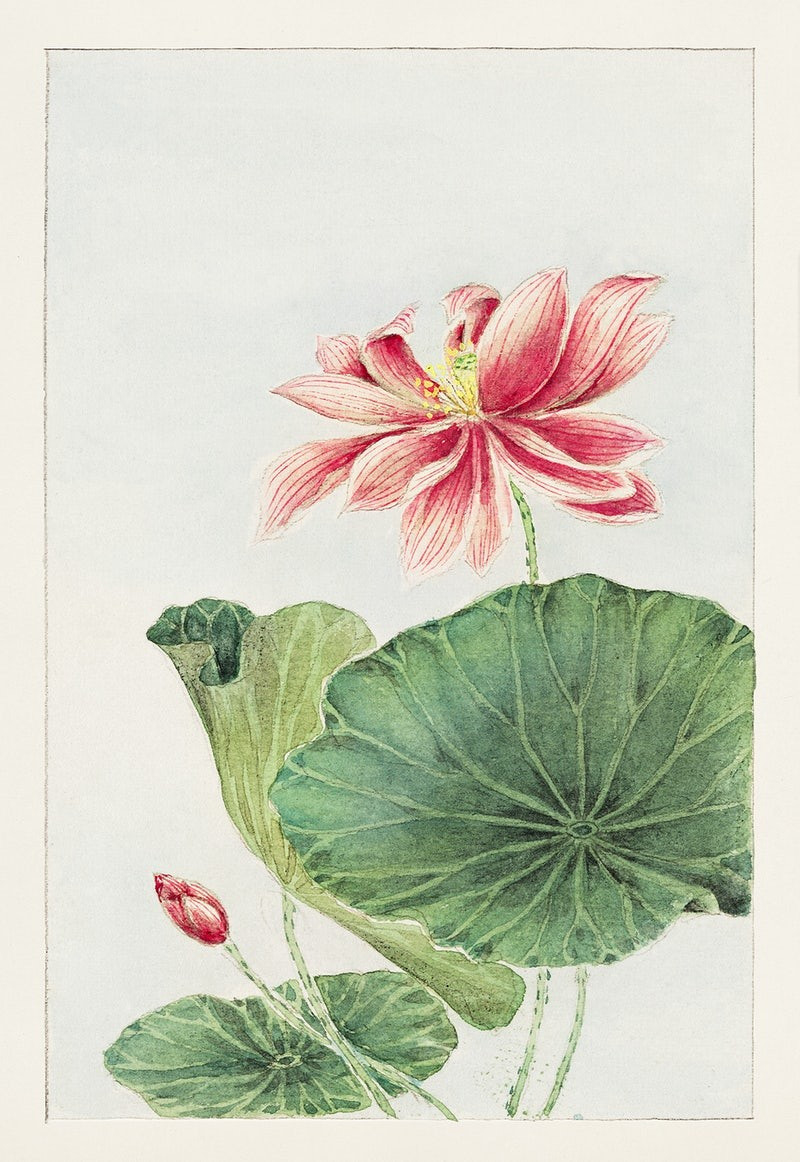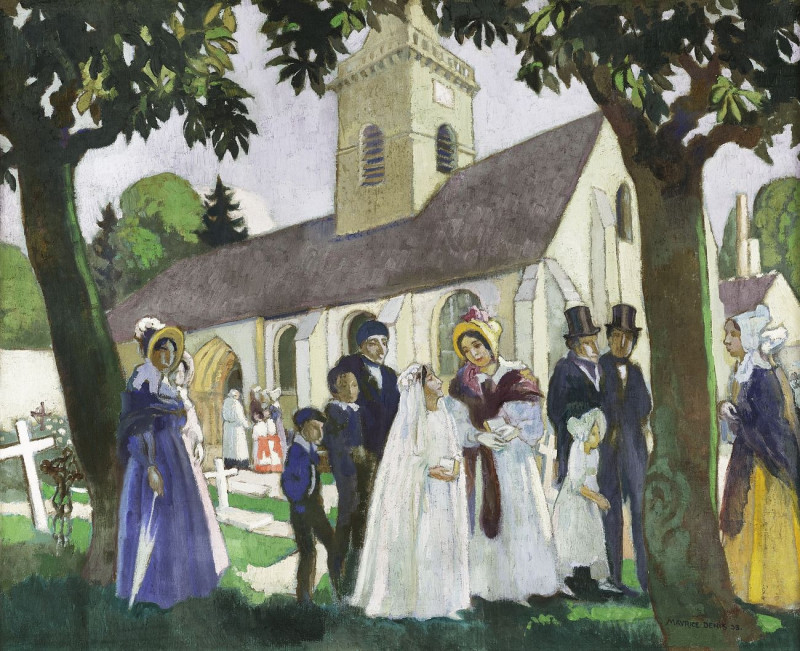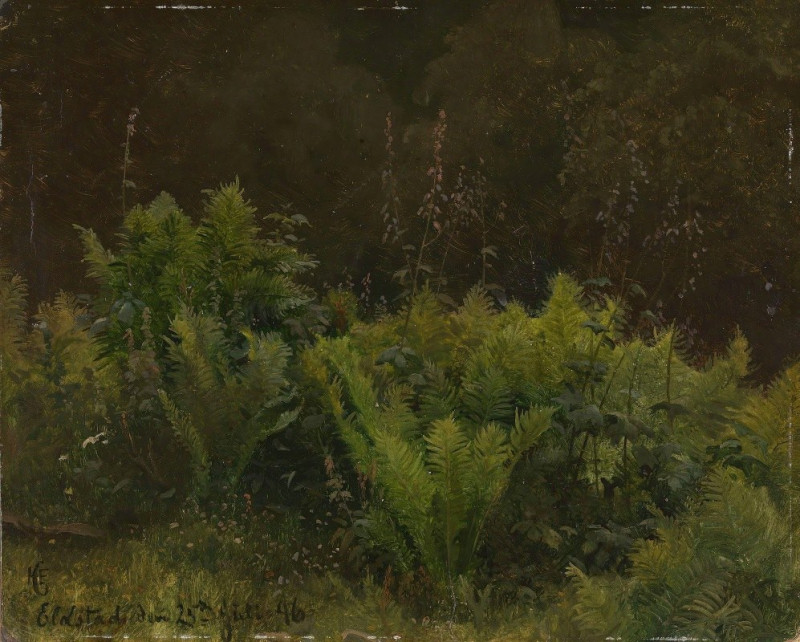The Artist'S Palette With A Landscape
Technique: Giclée quality print
Recommended by our customers
More about this artwork
The painting titled "The Artist's Palette With A Landscape" by Camille Pissarro is a fascinating blend of abstraction and realism, executed with a creative twist. Here, Pissarro has taken an innovative approach by combining an image of a landscape with the physical structure of an artist's palette.The lower section of the painting shows a typical country scene depicted in Pissarro's characteristic Impressionist style. The scene captures a rural moment where two figures are visible near a small horse or donkey. The landscape is filled with lush greenery, suggesting a setting that is tranquil and alive with nature. The soft brush strokes and subtle blending of colors contribute to a sense of calmness and the everyday simplicity of rural life.In stark contrast, the upper portion of the painting portrays the wooden surface of an artist's palette. Dabs and smears of vibrant colors—reds, blues, yellows, and whites—are visible and appear as though freshly applied, suggesting the immediacy and spontaneity of the painting process. This part of the painting serves not only as a metaphor for the artist’s tool but also as an abstract sky hovering over the landscape.The composition cleverly uses the shape of the palette, with its thumb hole visible on the right side, which adds a surreal element to the artwork.
Delivery
Returns
Blessed are they who see beautiful things in humble places where other people see nothing. — Camille Pissarro
Camille Pissarro (1830-1903) was born on St.Thomas (now the US Virgin Islands) to a Portuguese father and a Dominican mother. He went to Paris to study art at Ecole des Beaux-Arts. He was an early pioneer of pointillism and neo-impressionism and later became a mentor of many famous impressionist painters including Cezanne, Manet, Renoir, and Gauguin. His paintings depicted rural and urban French landscapes and lifestyle. Many of his works politically captured images of peasants and laborers. Today, he is considered the father of impressionism.

